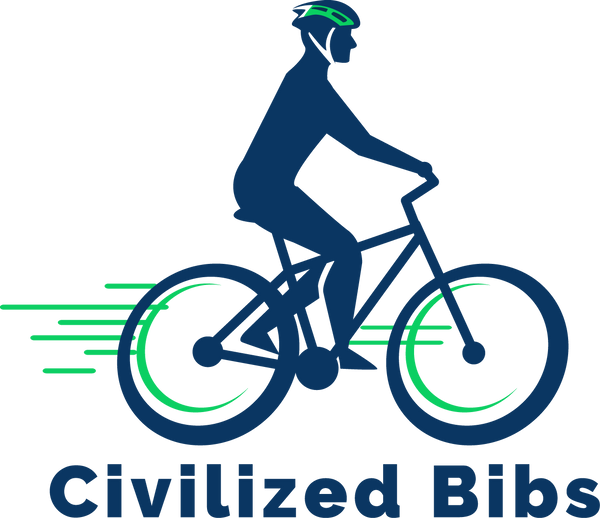How to Find Your Optimal Bike Saddle Position: Pain-Free Cycling Guide
Where you position your bike saddle may not get much attention from cyclists, but it determines comfort, power, and enjoyment on every ride.
Sit too far back and your pedaling feels awkward. Sit too far forward, and you put pressure in places you don't want to. This guide is designed to help you find your perfect position.
Why Saddle Position Matters
- Natural power transfer through pedal strokes
- Light touch on handlebars
- No pressure on sensitive areas
- Lower back comfort
- Better endurance
How to Find Your Position
Your ideal position depends on your body, bike, and riding style. Here's how to find it:
1. Start at the Wide Point
Sit on the widest part of your saddle. This area supports your sit bones properly.
2. Check Your Alignment
Pedal until your legs are horizontal (3 and 9 o'clock). Your front knee should align with the ball of your foot. Adjust saddle forward or back if needed.
3. Set Your Height
Proper saddle height prevents knee pain and maximizes power. Here's how to set it:
- Sit on the bike against a wall or have someone hold it
- Put your heel on the pedal at its lowest point
- Your leg should be straight but not locked
- When you move your foot to the correct position (ball of foot on pedal), you'll have the slight bend you need
Common signs your saddle height is wrong:
- Too high: Rocking hips, stretching for pedals
- Too low: Knee pain, reduced power
Pay Attention to Signals
Your body is pretty good at telling you when something's off. Here are some common messages and what they mean:
-
"My hands are going numb"
- Translation: You're probably too far forward
- Fix: Slide back until your hands feel light on the bars
-
"My pedaling feels awkward"
- Translation: You might be too far back
- Fix: Scoot forward until your pedal stroke feels natural
Effects of Incorrect Position
What Happens If You're Too Far Back?
Sitting too far back is like trying to push a heavy door from the wrong angle – you're working harder than you need to. Here's what happens:
- Hamstring strain: Your hamstrings start complaining
- Reduced climbing power: Hills feel extra challenging
- Back discomfort: Your lower back joins the protest party
- Poor efficiency: Power transfer becomes about as efficient as pedaling through mud
What Happens If You're Too Far Forward?
Meanwhile, creeping too far forward creates its own issues:
- Pressure points: Pressure in places you definitely don't want pressure
- Hand strain: Wrist strain that can make your morning coffee routine difficult
- Stability issues: That awkward feeling like you might slip forward
- Numbness: Numbness that makes you question your life choices
The Right Gear Matters
The perfect position needs the right support. Our cycling bibs provide:
- Comfort without compromise: Support without the skin-tight spandex look
- Practical design: Side pockets for essentials
- Convenience: Front-zipper for quick bathroom breaks
- All-day comfort: Complete comfort on every ride
Final Thoughts
Quick Start Guide
- Set your initial position
- Test on a short ride
- Adjust based on feedback
- Fine-tune over time
Getting comfortable isn't about "toughing it out." It's about finding what works for your body and supporting it with the right gear.
Want more comfort tips? Read our guides on choosing bibs and preventing saddle discomfort.
Share
More Articles
2025 San Francisco Bay Area Cycling Events
2025 promises to be an exceptional year for San Francisco Bay Area cyclists. We've curated a comprehensive guide to the best upcoming cycling events in the Bay.
2025 San Diego Cycling Events
2025 promises to be an exceptional year for San Diego cyclists. We've curated a comprehensive guide to the most exciting upcoming cycling events in the area.
2025 Cycling Events in Los Angeles
Check out Los Angeles's comprehensive 2025 cycling events calendar. Find regular rides and upcoming 2025 events here.
